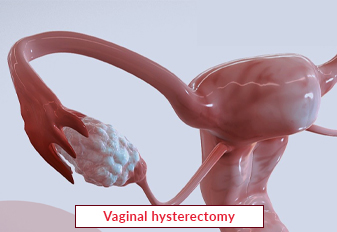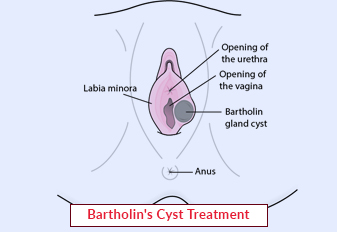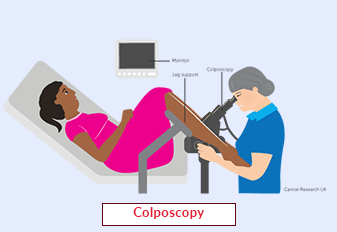Vaginal Hysterectomy

Vaginal hysterectomy is a surgical procedure that involves the removal of the uterus through the vagina, without the need for large abdominal incisions. This approach offers several advantages, including reduced scarring, faster recovery, and a shorter hospital stay compared to traditional open abdominal hysterectomy. In this article, we will explore the concept of vaginal hysterectomy, its significance in gynecological surgery, and the procedure involved in this minimally invasive technique.
Book an AppointmentAbout Vaginal Hysterectomy
Vaginal hysterectomy is a surgical procedure used to remove the uterus through the vaginal canal. It is typically performed for a variety of gynecological conditions, such as uterine fibroids, endometriosis, uterine prolapse, or abnormal uterine bleeding. Unlike abdominal hysterectomy, which requires a large incision in the abdomen, vaginal hysterectomy allows for the removal of the uterus through a small incision in the vaginal wall.
Procedure of Vaginal Hysterectomy
-
Preoperative Preparation:
-
Prior to the surgery, a thorough evaluation is conducted, including a medical history review, physical examination, and preoperative tests such as blood work and imaging studies.
-
The surgical team discusses the procedure, potential risks, and benefits with the patient, addressing any concerns or questions.
-
-
Anesthesia: The patient receives general anesthesia or spinal anesthesia, ensuring comfort and unconsciousness during the procedure.
-
Incision and Uterus Removal:
-
A small incision is made at the top of the vagina, near the cervix.
-
The surgeon carefully detaches the uterus from surrounding ligaments and blood vessels, ensuring meticulous dissection to avoid injury to nearby structures.
-
Once the uterus is freed, it is removed through the vaginal incision.
-
-
Closure and Recovery:
-
After the uterus is removed, the surgeon closes the vaginal incision using dissolvable sutures.
-
The patient is closely monitored in the recovery area and may require a short hospital stay depending on individual circumstances.
-
Postoperative care includes pain management, monitoring for potential complications, and follow-up appointments to assess healing and recovery progress.
-
Require Assistance?
Get A Quick Callback From Our Healthcare Experts






